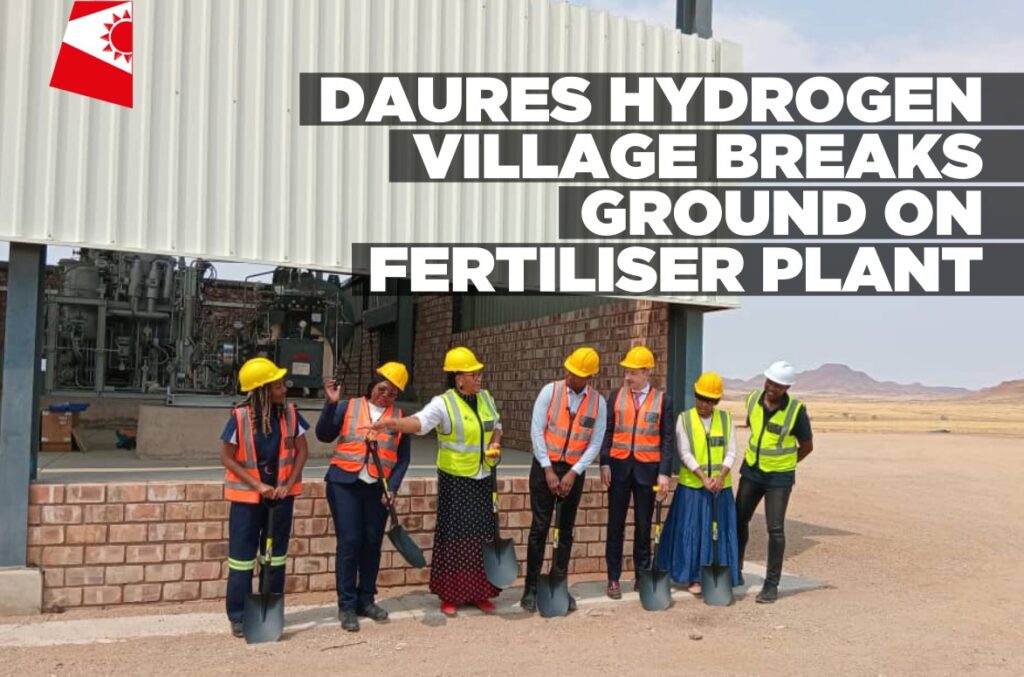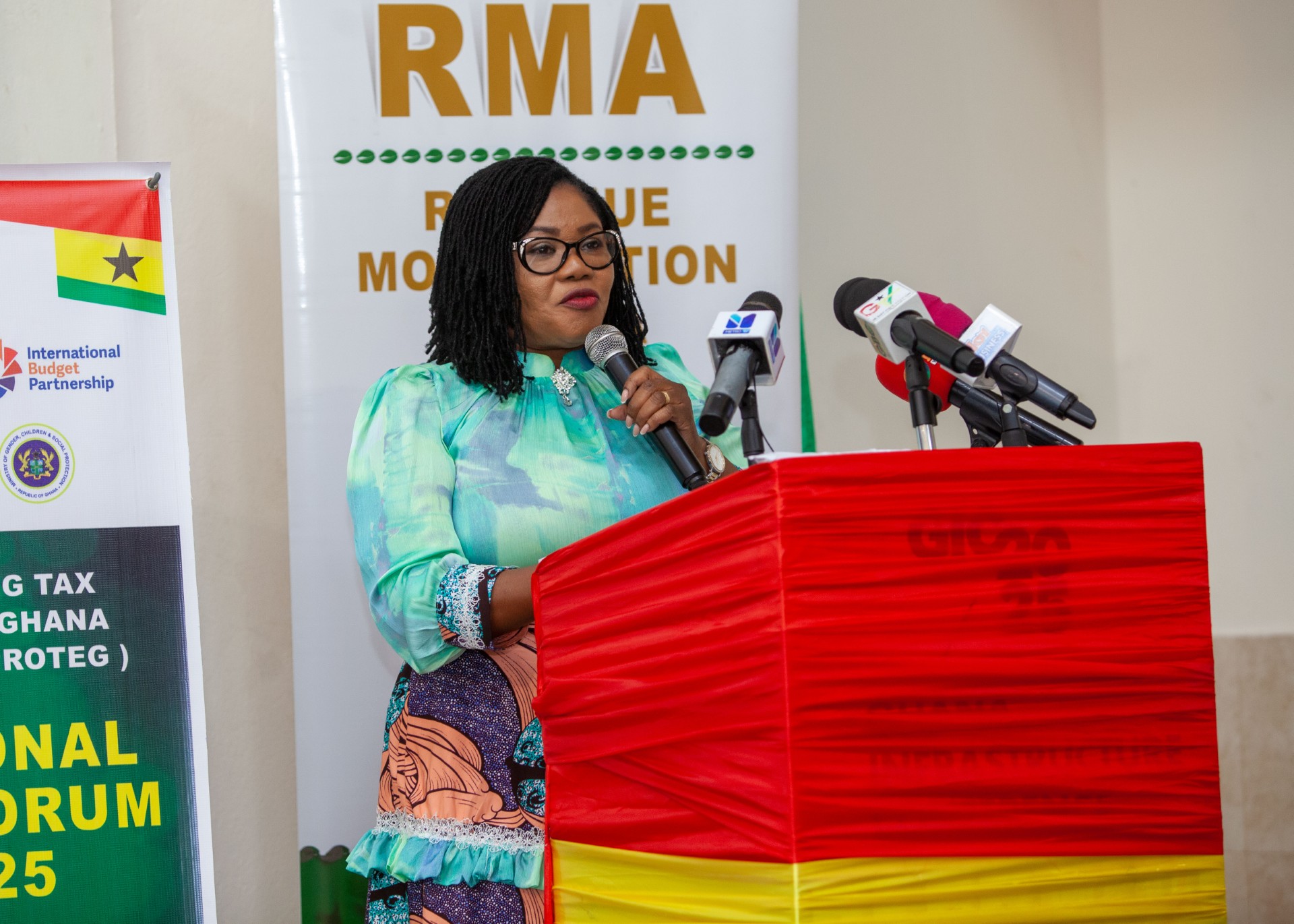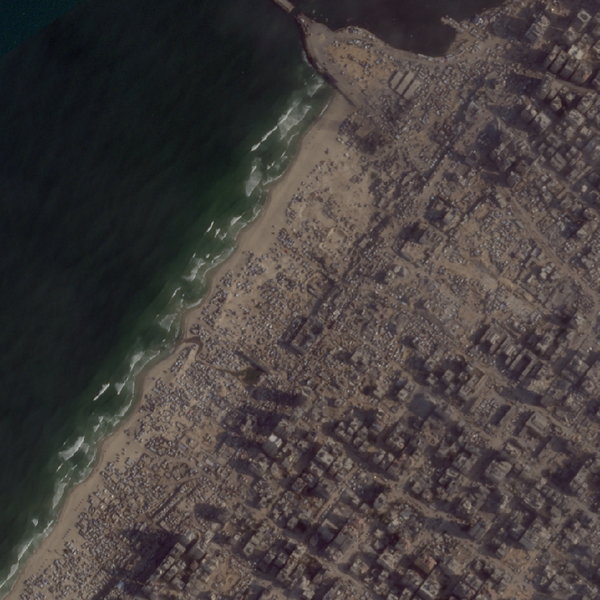By Staff Reporter
Copyright web

Business Reporter
THE Daures Green Hydrogen Village (DGHV), with funding from the UK government as well as the United Nations Industrial Development Organization (UNIDO), recently held a groundbreaking ceremony to signal the start of the construction of an ammonium sulphate fertiliser plant which is expected to aid in droughts as well as tackle the country’s food insecurity challenges.
Namibia competed in a bidding process where 100 applications globally were received to gain financing from the United Nations, and was chosen among five countries to gain funding from UNIDO to produce ammonium sulphate fertiliser via the Accelerate to Demonstrate programme.
PICTURED: Some scenes from the Daures Green Hydrogen Village. Photos: Zorena Jantze.
A total of €14.6 million was provided to help build the green hydrogen demonstration plant, showcasing the complete value chain between hydrogen, ammonia and fertiliser.
“Fertiliser is not just listed in the National Development Plan (NDP6) because of its economic possibilities, but it also touches on the broader Namibian framework of food security. Currently, Namibia suffers from food insecurity, we are not producing enough from our agricultural fields, that is why agriculture has so much attention from Her Excellency, Netumbo Nandi-Ndaitwah and government. We are just answering that call. Namibia currently imports about 100% of its fertiliser, so if we are able to produce fertiliser competitively and create local jobs, all the better for the country,” Jerome Namaseb, the Chief Executive Officer of the DGHV, said.
Namaseb said that by the end of 2026, DGHV will produce around 4 000 tons of ammonium sulphate fertiliser and over the next few years would reach its target of 80 000 tons.
“Fertilisers are indicated in the NDP6 as a strategic point. This is because, in NDP6 there is a target that Namibia produces 60% of its fertiliser locally by 2030,” Namaseb said.
To date, he added that the project has 1 500 hectares of greenhouses set up on the facility with an intention to expand, and supplies agricultural produce from the desert to the Erongo and central regions. A total of 400 jobs have been created by the project to date.
Inge Zaamwani, Minister of Agriculture, Fisheries, Water and Land Reform, in a statement said that the ammonium sulphate fertiliser plant marks a critical step in Namibia’s green industrial transformation.
“Namibia’s agricultural landscape continues to face increasing pressure from climate variability, persistent droughts and widespread land degradation. These conditions have led to a decline in soil health, reduced water retention and nutrient losses, especially in the sandy soils that dominate much of our farming land… This affects rural livelihoods, food security and economic stability. That is the reason why this project is so important as it responds to these challenges with a locally produced solution that meets the needs of our farming communities,” Zaamwani said.
The DGHV project, which is situated in the Daures constituency approximately 90 km from Henties Bay, aims to create the central link between renewable energy production and agriculture. The site includes renewable energy sources, which include green hydrogen as well as solar energy panels, and greenhouses whose plant growth will be accelerated in future by converting green hydrogen and ammonia produced into green ammonium sulphate fertiliser.
The “green” versions of both hydrogen (from renewable energy) and ammonia (from green hydrogen) are key to a zero-emission energy system, providing clean alternatives for industries like agriculture, power generation and transportation.



